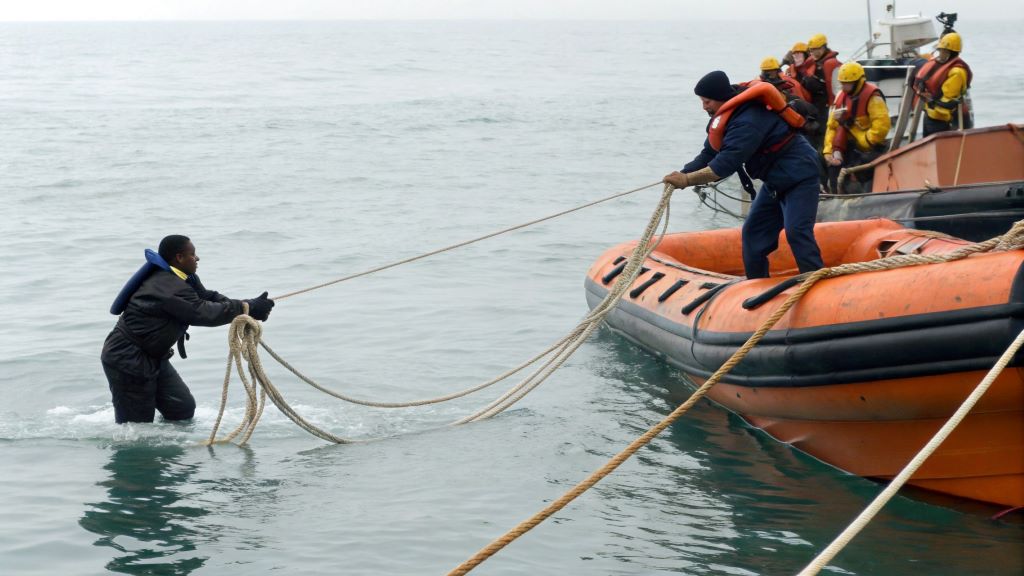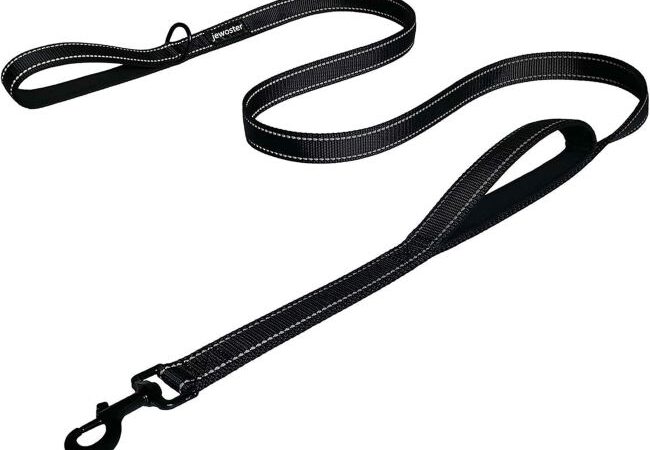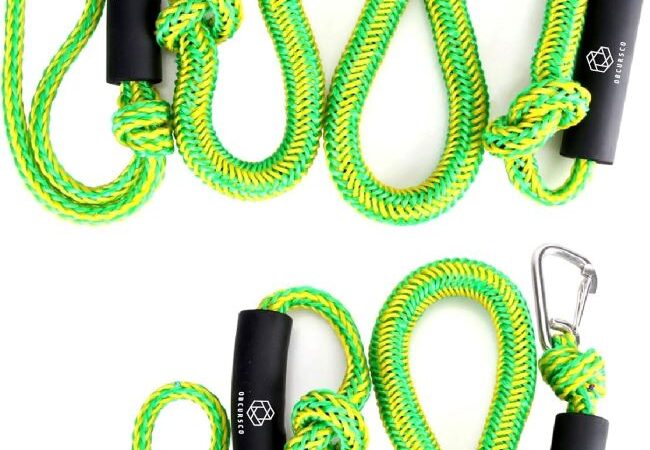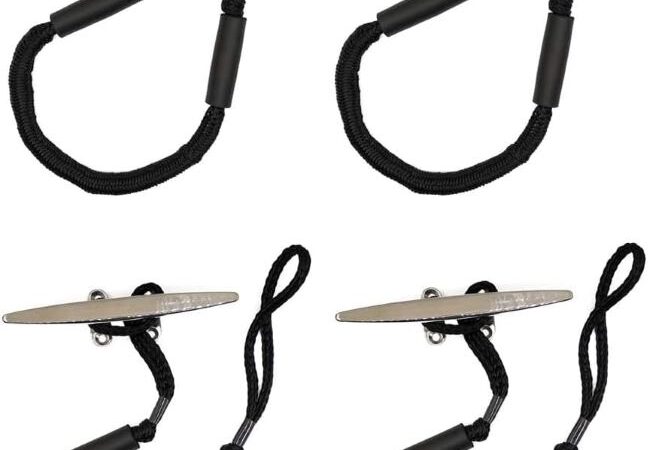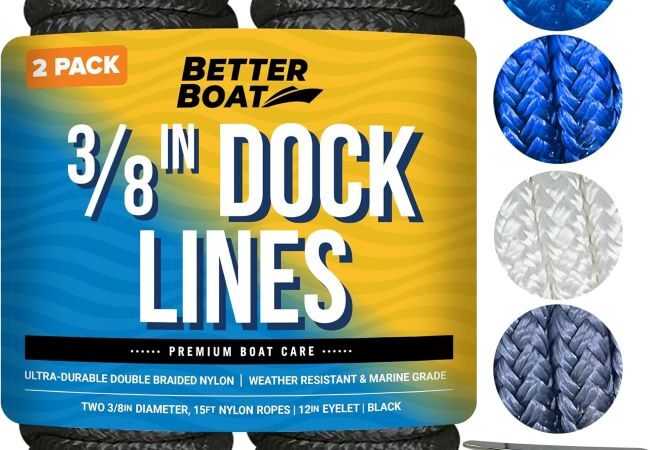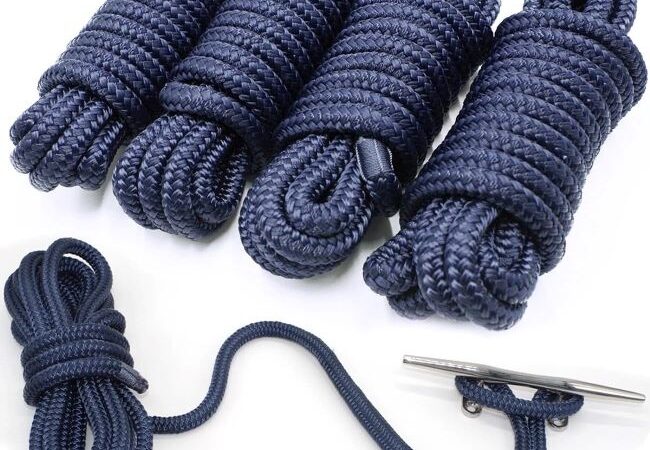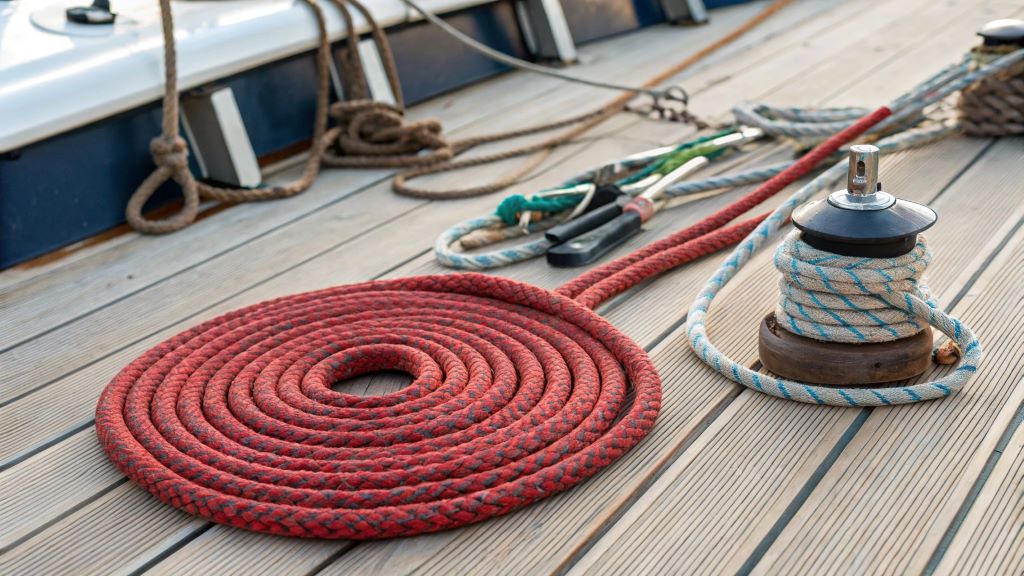
The Best Rope for Boating Applications: A Comprehensive Guide to Choosing the Perfect Line
Introduction: Why the Right Rope Matters
When it comes to boating, the importance of choosing the right rope cannot be overstated. Whether you’re anchoring in choppy waters, docking at a marina, or towing a dinghy, your rope is the lifeline that holds everything together—literally. Yet, many boaters overlook this critical component, opting for generic lines that may fail under pressure. To ensure reliability and durability, selecting the best rope for boating applications is essential for safety and performance on the water.
Contents at a Glance
ToggleIn this guide, we’ll explore the best rope for boating applications , diving into material science, durability, and practical uses. By the end of this article, you’ll have the knowledge to select a rope that not only meets your needs but also enhances your safety and efficiency on the water.
Understanding Rope Materials: The Foundation of Choice
Natural Fibers vs. Synthetic Fibers
Rope materials can broadly be categorized into natural fibers like hemp and cotton, and synthetic options such as nylon, polyester, and Dyneema. While natural fibers were once the go-to choice for boating, modern advancements have made synthetic ropes the clear favorite. Here’s why:
- Natural Fibers : These are biodegradable and aesthetically pleasing but lack strength and resistance to water damage. They tend to rot and degrade quickly when exposed to saltwater and UV rays.
- Synthetic Fibers : Known for their superior tensile strength, UV resistance, and water repellency, synthetic ropes dominate the boating world.
According to a 2023 study by Marine Industry Insights , over 90% of professional boaters prefer synthetic ropes due to their longevity and performance.
Top Synthetic Rope Materials
- Nylon : Renowned for its elasticity, nylon is perfect for anchor lines and shock absorption. However, it can stretch excessively under heavy loads.
- Pros : High abrasion resistance, excellent knot-holding ability.
- Cons : Absorbs water, leading to increased weight and potential degradation.
- Polyester : Offers minimal stretch and high UV resistance, making it ideal for dock lines and mooring applications.
- Pros : Low moisture absorption, durable.
- Cons : Less shock-absorbing compared to nylon.
- Dyneema (UHMWPE) : Lightweight and incredibly strong, Dyneema is the gold standard for high-performance boating.
- Pros : Floats on water, resists UV rays and chemicals.
- Cons : Expensive and prone to slipping when knotted improperly.
- Polypropylene : Affordable and buoyant, polypropylene is great for rescue lines but lacks the strength of premium options.
- Pros : Floats, resistant to rot.
- Cons : Low abrasion resistance, susceptible to UV damage.
Factors to Consider When Choosing the Best Rope
-
Strength and Tensile Load
The strength of a rope is measured in pounds or kilograms, indicating the maximum load it can handle before breaking. For instance, a 3/8-inch nylon rope typically has a tensile strength of around 5,000 pounds. Always choose a rope with a breaking strength that exceeds your expected load by a significant margin to ensure safety.
-
Diameter and Weight
Thicker ropes generally offer more strength but can be cumbersome to handle. A balance between diameter and usability is crucial. For example, a ½-inch polyester rope might be ideal for larger vessels, while a ¼-inch Dyneema line could suffice for smaller boats.
-
UV and Weather Resistance
Boating ropes are constantly exposed to sunlight, saltwater, and harsh weather conditions. Opt for ropes treated with UV stabilizers and designed to resist environmental damage.
-
Knot-Holding Ability
Not all ropes hold knots equally well. Nylon excels in this area, while Dyneema requires specialized techniques to prevent slippage.
-
Cost vs. Value
While premium ropes like Dyneema come with a higher price tag, their durability often makes them a cost-effective long-term investment.
Real-World Applications of Boating Ropes
Anchoring
Anchoring requires a rope that can absorb shock and maintain its integrity under varying tensions. Nylon’s elasticity makes it a top choice for anchor lines.
Docking
Dock lines need to be strong yet manageable. Polyester ropes strike the perfect balance, offering minimal stretch and excellent abrasion resistance.
Towing
Towing demands a rope that can handle sudden jerks without snapping. Dyneema’s high strength-to-weight ratio makes it an excellent option for towing applications.
Rescue Operations
Rescue lines must float and remain visible in the water. Polypropylene ropes are commonly used for these purposes, despite their lower strength.
Pros and Cons of Popular Boating Ropes
| Material | Pros | Cons |
| Nylon | High elasticity, excellent knot-holding | Absorbs water, stretches excessively |
| Polyester | Minimal stretch, UV resistant | Less shock-absorbing |
| Dyneema | Extremely strong, lightweight, floats | Expensive, prone to slippage |
| Polypropylene | Affordable, buoyant | Low abrasion resistance, weak |
FAQs About the Best Rope for Boating Applications
-
What is the strongest rope for boating?
Dyneema is widely regarded as the strongest rope, offering unmatched tensile strength.
-
Does rope thickness affect strength?
Yes, thicker ropes generally have higher tensile strength but may sacrifice ease of handling.
-
Can I use polypropylene for anchoring?
While possible, polypropylene is not recommended due to its lower strength and susceptibility to UV damage.
-
How do I store my boating rope?
Store ropes in a dry, shaded area to prevent moisture absorption and UV exposure.
-
Is nylon better than polyester for dock lines?
It depends on your needs. Nylon absorbs shock better, while polyester offers less stretch and greater stability.
-
How long does a boating rope last?
With proper care, synthetic ropes can last 5-10 years, depending on usage and environmental factors.
-
Should I buy pre-stretched ropes?
Pre-stretched ropes reduce elongation and improve consistency, making them a good choice for precision tasks.
-
What’s the best rope for saltwater use?
Polyester and Dyneema are highly resistant to saltwater corrosion.
-
Can I dye my boating rope?
Yes, but dyeing can compromise the rope’s structural integrity. It’s better to purchase colored ropes designed for marine use.
-
How do I test a rope’s strength?
Check the manufacturer’s specifications for tensile strength ratings. Avoid testing ropes under extreme loads unless in a controlled environment.
How Do You Use a Boxing Rope? Mastering the Hodag Rope for Peak Performance
Conclusion: Making the Right Choice
Choosing the best rope for boating applications involves understanding your specific needs, evaluating material properties, and considering environmental factors. Whether you prioritize strength, buoyancy, or affordability, there’s a rope out there tailored to your requirements.
Investing in high-quality rope is not just about performance—it’s about ensuring your safety and peace of mind on the water. So, take the time to research, compare options, and consult experts if needed. After all, the right rope can make all the difference in your boating adventures.
Final Thought: Remember, the best rope for boating isn’t just a tool—it’s a partner in your journey across the waves. Choose wisely, and it will serve you faithfully for years to come.
Read More:
Best Rope Essentials: Durability Meets Versatility
Climbing Rope DIY: A Comprehensive Guide

